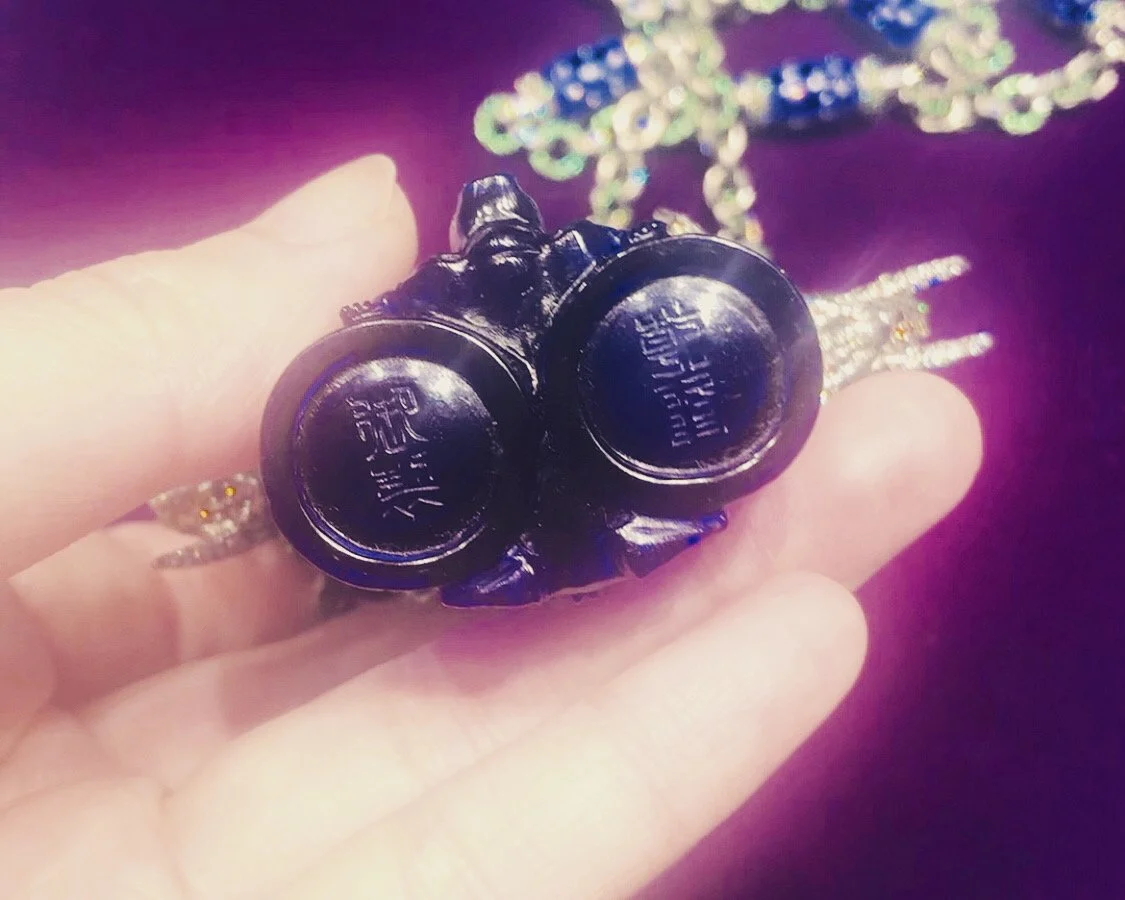My Top-3 Pick From Christie’s Hong Kong Magnificent Jewels
“Without any exaggeration, the experience of wearing this bracelet was like being kissed by an angel — an affectionate kiss that was light and delicate, yet enduring.”
Dearest readers,
The writer was at the Christie’s Hong Kong Magnificent Jewels auction preview held at Marriott Taipei earlier this month. Though not all of the jewellery pieces put on for auction travelled to Taipei, I was nevertheless glad to see the ones that made their way here in flesh. Similar to an earlier story “ My Top-3 Pick From Sotheby’s Magnificent Jewels This Spring “ published in April, I’ve picked out a few pieces of jewellery to share with you curious readers on what to look out for in this auction, which will take place this weekend.
A Taste of Classic
Art Deco Diamond Bracelet, Cartier
Courtesy of Christie’s
Among the many classic pieces on display, an Art Deco diamond bracelet caught my curiosity. Made by the prestigious French jeweller Cartier, the bracelet is set with old and rose-cut diamonds in geometric arrangement, a popular style during the Art Deco period (1920–1940).
This diamond bracelet may not be an expert in speaking for itself — the bracelet chose to sit quietly in the back of the display case even when random passerby was to set their eyes on its brilliant finishing. I, too, wasn’t very keen on this bracelet until I had the opportunity to try it on. To my surprise, the bracelet was able to rest perfectly on my wrist in a way that’s more comfortable than I had imagined, due to its ingenious articulation design. Without any exaggeration, the experience of wearing this bracelet was like being kissed by an angel — an affectionate kiss that was light and delicate, yet enduring.
The writer trying on Cartier’s Art Deco diamond bracelet
Platinum was a popular choice of precious metal for jewellery in early 20th century. Throughout the course of jewellery jewellery, Cartier is also known for being a pioneer in creating jewellery in platinum. Though this precious metal may be difficult to work with, especially in the case of a bracelet as delicate as this one being auctioned at Christie’s, its nearly indestructible strength allows jewellers to yield the maximum exposure of precious stones using only a minimum amount of metal.
‘His Majesty’s Treasure’ Necklace, Wallace Chan
Courtesy of Christie’s
‘His Majesty’s Treasure’ necklace by the renowned jewellery artist, Wallace Chan, is a special piece that would enchant anyone who is up for something unique and creative. The highlight of this necklace is a pendant in electric blue colour. What originally appeared to me as a highly ornate opera glasses is, in reality, modelled after the Chinese ‘hero vase’. Meticulously carved out of glass, this very vase features an eagle (ying) and a bear ( xiong), coming together to form the pronunciation of the word for ‘hero’ (yingxiong) in Chinese.
Inscription found at the bottom of the vase featured in Wallace Chan’s ‘His Majesty’s Treasure’ Necklace
Diamonds and precious gemstones alike embellish the upper part of the vase, extending to the rest of the necklace as if the wearer’s caught by an infinite loop of bejewelled dream. When handling the piece, I was a bit surprised that this necklace weigh more than what I have expected. This sensation of weight is perhaps partly triggered by the presence of two elephant heads found on either side of the vase pendant. But beyond physicality, its weight also seems to echo the rich layers of history and culture whose roots can be traced over several millennia.
What’s more, the bottom of the twin vase is inscribed with four Chinese characters ‘乾隆御製’ (literally ‘Imperial Production by Emperor Qianlong’), alluding to the rarity of such production under royal patronage during the Qing dynasty, as well as to the rarity of this one-of-a-kind collectible created by the artist himself.
A Taste of Dream
Unique Sapphire and Diamond Rivière, Etcetera
Courtesy of Christie’s
The writer can’t end this story without mentioning this rivière by Etcetera. For those of you who don’t know, a rivière is a necklace that is composed of gemstones of the same type, whether they’re all of the same size and shape or graduate in size. In this rivière, ten richly-coloured sapphires in oval-shape — with no indication of heating — are mounted in colourless synthetic sapphires, alternating with colourless diamond.
According to Edmond Chin — founder of Etcetera and creator of this necklace — synthetic sapphire was chosen as a base for “its durability and high refractive index although it takes 4 times longer to carve than rock crystal.” While synthetic sapphire may be more difficult to carve than rock crystal, the polishing part wasn’t easy either. As someone with experience in gem cutting, my jaws dropped when I discovered that more than 100 grams of “diamond-impregnated polishing powder” was used during the polishing process!
Now, my dear readers might start to wonder: how is it possible to set these sapphires onto a base of synthetic sapphire? When I handled this necklace, I saw that the precious stones are set into the synthetic sapphire base with titanium wire. What’s more, titanium (tinted in blue) set with smaller sized sapphire and sapphire melees is also used as a link that joins different sections to form a complete necklace.
The arrangement of alternating richly coloured gem with colourless diamond is not new, but the way that the designer plays with the precious stones and their hand-carved settings makes this piece more than just an ordinary necklace. When handling this necklace, I was astonished by how light this necklace felt, almost as if it’s evoking a dreamscape of the future. It’s clean, minimal and contemporary.
Shaopeng





